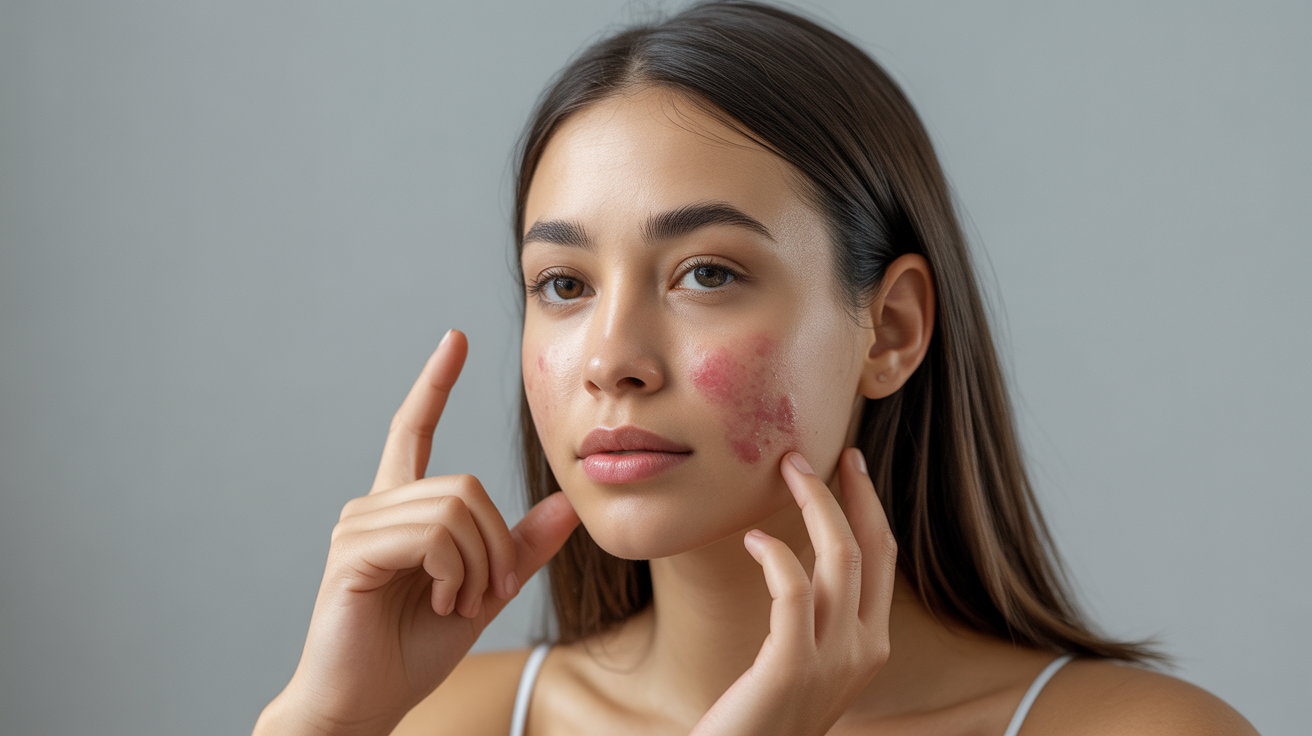Acne is a universal skin challenge, but some blemishes are notoriously relentless. Understanding the nature of these stubborn spots can lead to more effective treatments and clearer skin.
Acne, one of the most common skin conditions globally, does not discriminate. It affects people of all ages, races, and genders. However, not all pimples are created equal. Some clear up with simple over-the-counter treatments, while others prove incredibly stubborn. These spots, often deep, painful, and long-lasting, are a unique kind of frustrating.
The persistence of these blemishes is not merely an illusion. Experts in dermatology confirm that certain types of acne are especially resistant to treatment. The reasons behind this resilience relate to the pimple’s depth, inflammation level, and the presence of bacteria. But why does this matter now? The answer lies in the increasing incidence of adult acne and the need for effective treatments.
In this article, you’ll learn about the nature of stubborn acne, why it resists standard treatments, and how understanding its characteristics can lead to breakthroughs in skincare. You’ll discover how this knowledge can help you combat persistent blemishes and achieve clearer, healthier skin.
The Tenacious Pimple: Why Some Acne is More Stubborn
The first step to understanding stubborn acne is recognizing its different forms. The most persistent usually fall under the category of inflamed acne, which includes papules, pustules, nodules, and cysts. These forms are often deep, painful, and marked by significant inflammation and redness.
Key players in the development of stubborn acne include hormones, bacteria, and inflammation. Hormonal fluctuations can lead to increased oil production, which creates a favorable environment for acne-causing bacteria and leads to inflammation. The presence of P. acnes bacteria deep within the pores can make these pimples particularly resistant to treatment.
Several studies highlight the prevalence of stubborn acne. One notable statistic is that 50% of women experience adult acne, and many of these cases involve persistent, inflamed blemishes. This understanding underscores the need for targeted treatments for this tenacious form of acne.
Dealing with Persistent Pimples: Implications for Your Skincare Routine
Knowing why some pimples are more stubborn than others can have a significant impact on your skincare routine. If standard treatments aren’t working, it might be because they’re not designed to combat deep, inflamed acne. A more targeted approach may involve dermatologist-prescribed medications, in-office treatments, or skincare products with specific active ingredients.
The winners in the fight against stubborn acne are those who understand its unique nature and adapt their skincare routine accordingly. On the other hand, the losers are those who continue to use ineffective treatments, leading to prolonged acne and potential skin damage. It’s estimated that the majority of adults have some form of acne, and a significant proportion of these cases involve stubborn blemishes. Knowledge and tailored treatment are vital in managing this prevalent skin issue.
Clearer Skin Ahead: Your Next Steps
What does the future hold for those dealing with stubborn acne? The key lies in continuing research and development of targeted acne treatments. With advancements in skin science, the rise of personalized skincare, and the development of products designed to combat stubborn blemishes, clearer skin is an attainable goal.
There are few actionable steps you can take to manage stubborn acne. First, understand its unique nature and acknowledge if you’re dealing with more than just occasional, mild breakouts. Second, invest in products or treatments that are designed to combat inflamed, deep acne, such as those containing salicylic acid or benzoyl peroxide. Lastly, consider consulting a dermatologist if over-the-counter treatments aren’t yielding results.
In conclusion, while stubborn acne can be incredibly frustrating, understanding its characteristics and adapting your skincare routine can lead to significant improvements. With the right approach, clearer, healthier skin is within reach.


